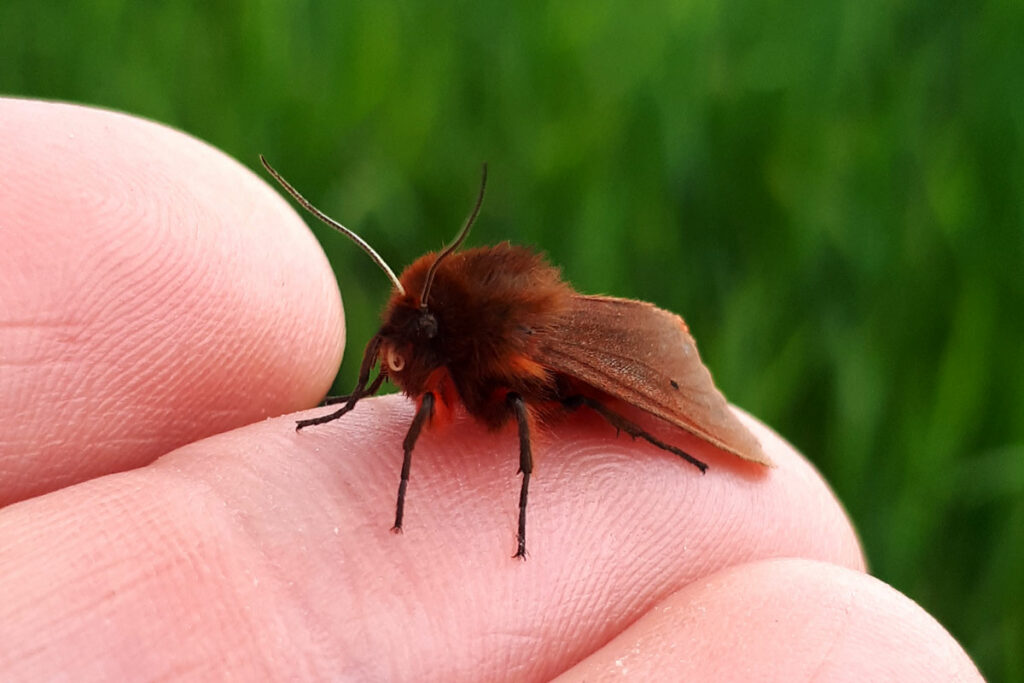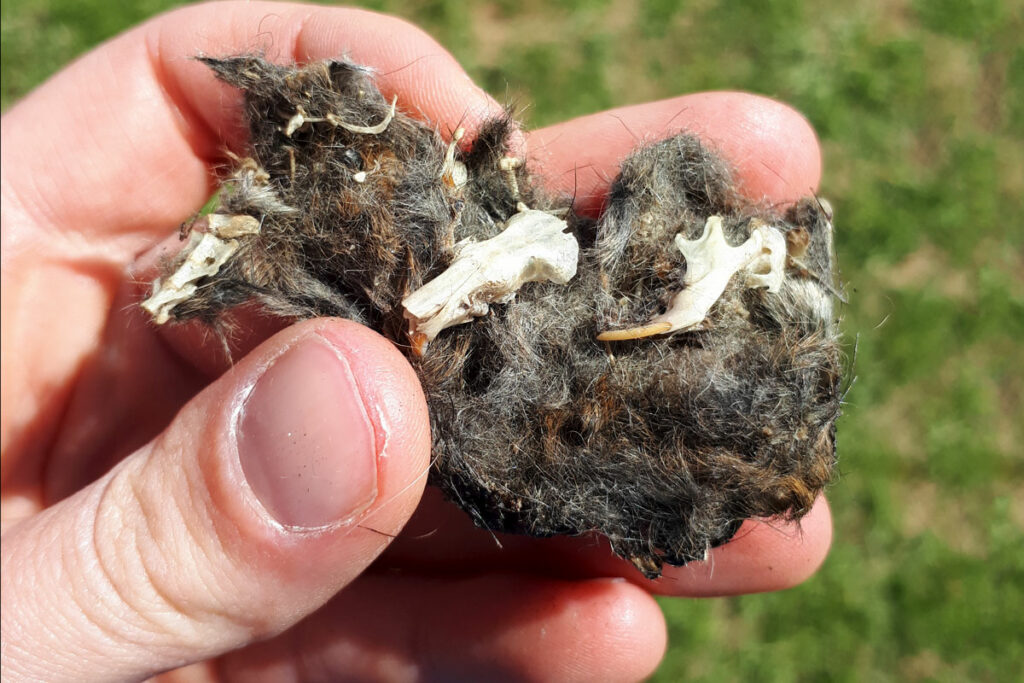By Jenny Coomes, LGU Project Scientist
Our research group at the GWCT is attempting to answer the question “Do sites that release gamebirds have more fox activity than non-release sites?” by collecting and analysing fox scats (droppings). 28 February 2022 saw our first day of fieldwork in a programme lasting until next spring.
In the weeks leading up to March we finalised our 16 field sites (eight that release gamebirds and eight that do not release) by meeting the gamekeepers, farmers and managers and identifying an appropriate part of each site for our set route. We looked for pathways through vegetation in the margins of a crop field, or clearly defined routes at the crop edge, that foxes typically walk down and deposit scats. We incorporated these likely fox routes into a 3km-long set route, a transect, which we walk every three weeks.
There are two parts to our fieldwork plan – spring counts and transect walks – and we have now completed two counts and four walks. During the spring counts we drove along farm tracks on each site and counted the number of pheasants and partridges we saw from our vehicle. From this, we can calculate an estimate of the density of gamebirds on each site and be sure that non-releasing sites really do have fewer gamebirds than releasing sites.
These counts are best done in the early morning, and as some of our sites are over an hour away, we had some very early mornings! We coupled each spring count with a transect walk to look for scats on the same site, which gave us time in between the two for a breakfast break. Leaving the house at 4:45am is well deserving of a nice breakfast, and scouting out the best local spots for coffee and croissants became a favourite pastime.
Whilst walking our transect routes, our primary goal is to find and collect fox scats. As well as this, we count the number of pheasants and partridges we see and also record other wildlife groups. We make a note of deer and hares, and birds like raptors such as buzzards and red kites, as well as jays and magpies. These records will allow us to compare the numbers we see on release and non-release sites.
Because our transect walks cover the same route week after week, we could find our fieldwork days becoming fairly monotonous, but nothing in the natural world is ever truly repetitive. Our transect walks give us an opportunity to spot other wildlife that we don’t need to record but that we can delight in. As the weeks have progressed, we have seen lots of wildflower species such as cuckoo flowers, cowslips, vetches and speedwells. I was also amazed to see a shimmering field of lilac-coloured linseed, which I am sure I’ve never seen before. It made quite the contrast with the shocking vibrant yellow of the oilseed rape on the other side of the hedge.

We spotted invertebrates like the ruby tiger moth, many beetles and butterflies such as small tortoiseshells, peacocks and orange-tips. The indigestible remains of an owl’s dinner, called pellets, are common and can be confusing as they look like scats. The difference is that pellets are more oval in shape compared to the elongated scats with their twist at the end, and the pellets consist purely of fur with bones inside, so are drier in consistency compared to the scats. It is really interesting to pull the pellets apart and see the ribs, skulls, teeth and other bones of small mammals. We see bones of small mammals in fox scats too, but those in owl pellets are more likely to be intact.

By the third transect we had finalised all the transect routes. Some of them had to change from our original plan because some fields were ploughed right to the edge and there was no longer an obvious pathway for a fox (or us!) to walk down. It’s nice to go out every week and see the hedgerows change with spring growth and spot new species. What exciting things will we find as we move into summer?
Please help our team continue their vital conservation research by giving what you can. All payment cards, PayPal, Apple Pay and Google Pay accepted.
